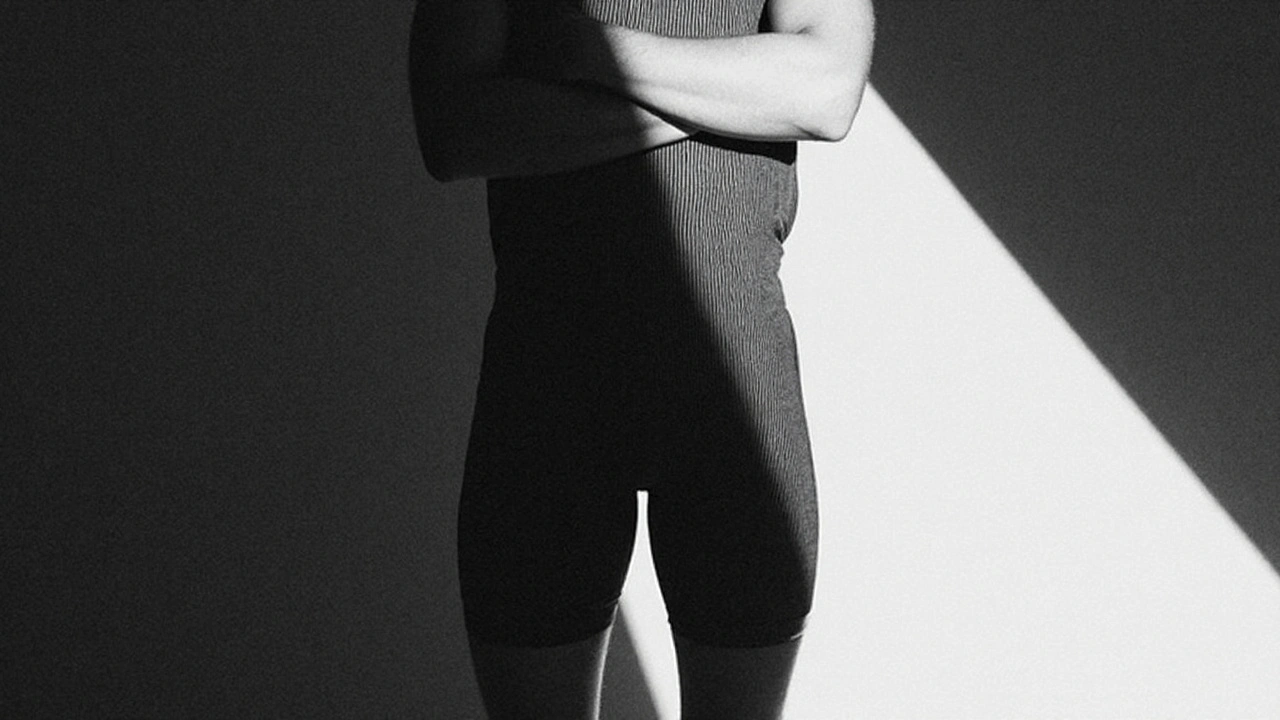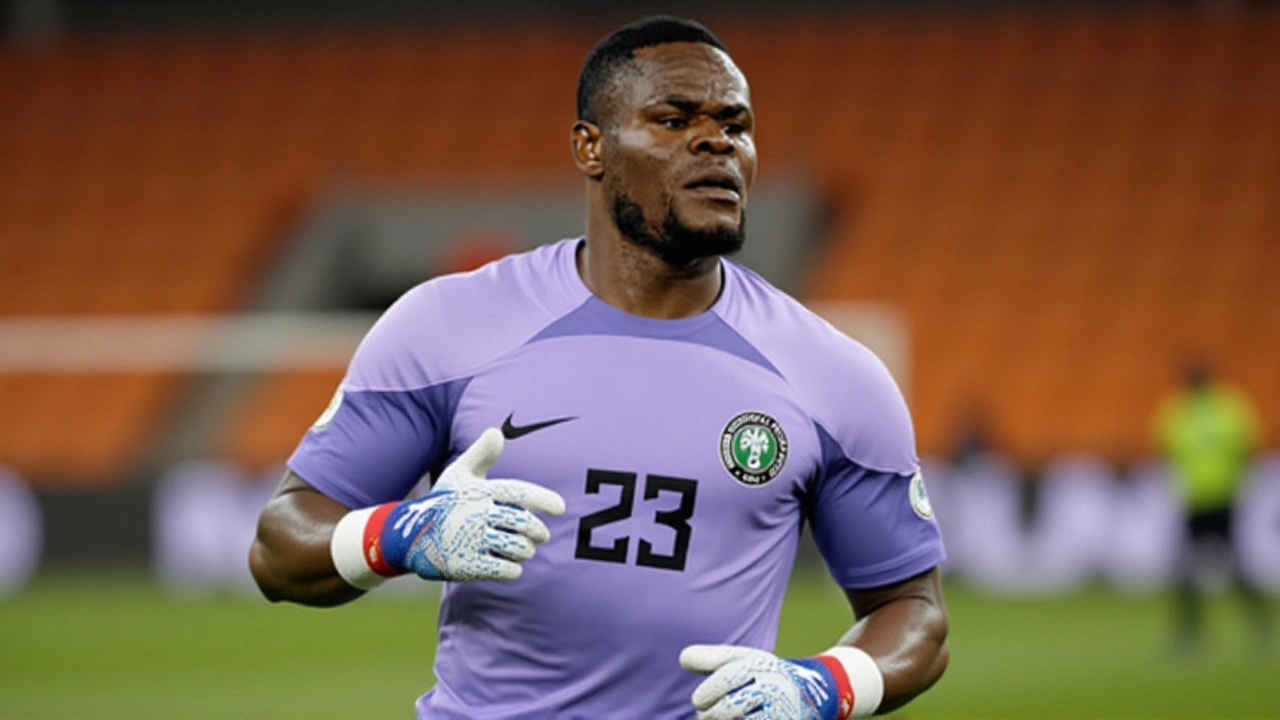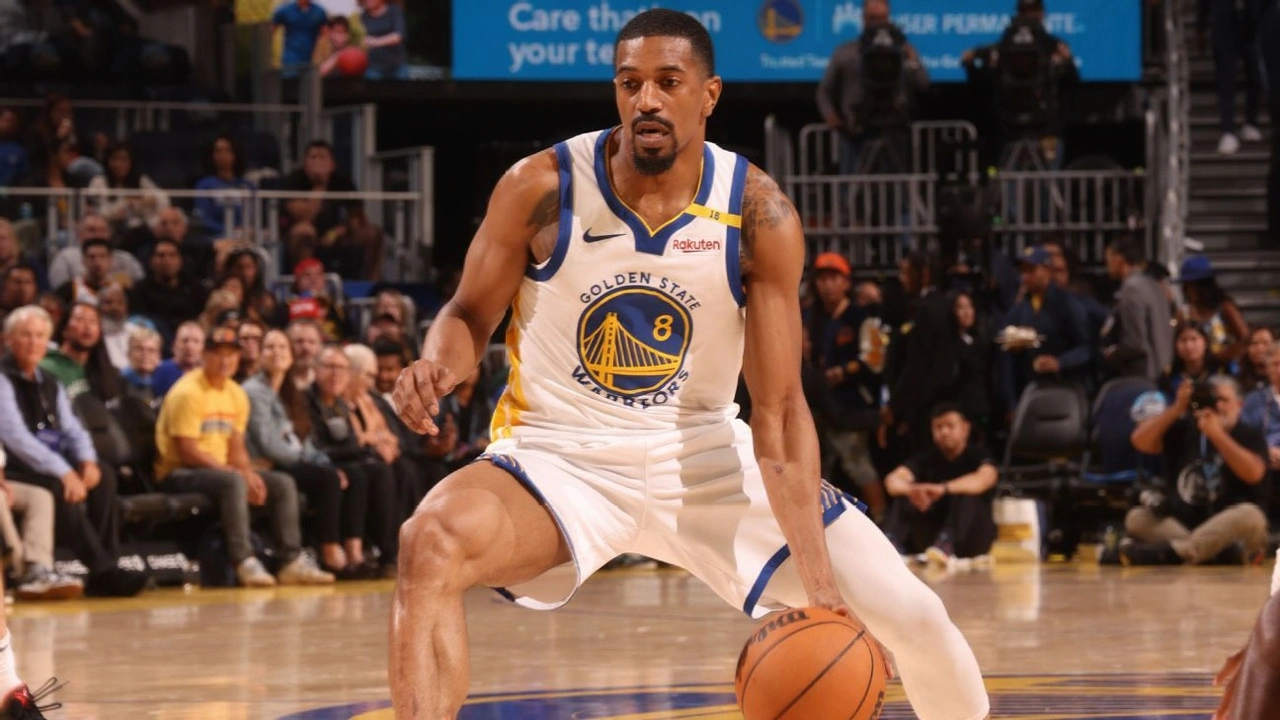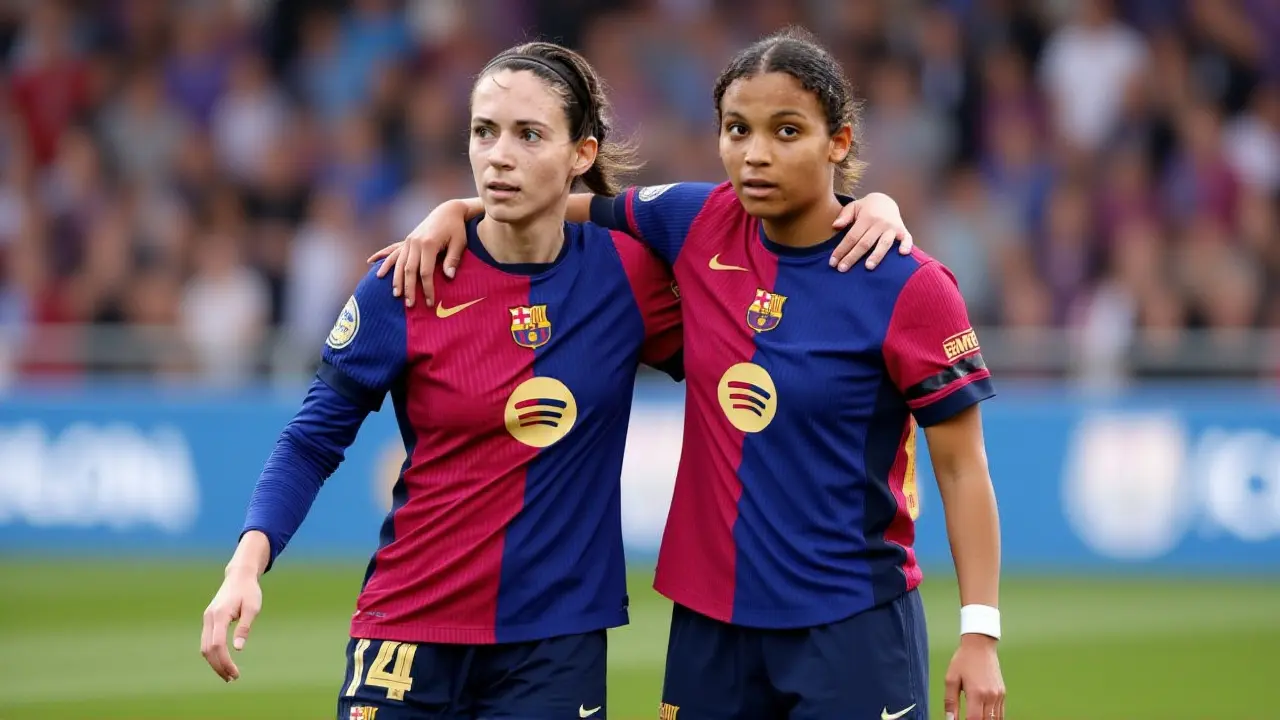Cooper Lutkenhaus turns pro at 16 after 1:42.27 800m shock at U.S. Nationals

The high-schooler who ran 1:42 and changed the U.S. 800m conversation
At the finish in Eugene, a 16-year-old raised his hands, eyes wide, as the clock froze at 1:42.27. That number—impossible for most grown men—belonged to Cooper Lutkenhaus, a Texas high school junior who had just crossed second at U.S. Nationals and detonated the record books. He glanced up and found his family along the rail at Hayward Field: his mom a few rows above the start line with her phone up; his brothers staggered at 200 and 300 meters; his dad anchored at the homestretch. They’d tracked him around the oval in real time, then watched history land.
The time did more than win silver. It smashed the U18 world record, obliterated his own national high school mark by more than three seconds, and pushed him into rarified company—one of the fastest Americans ever at 800 meters. He now owns the four quickest times in U.S. high school history, a stat that sounds made up until you look at the clock and realize it’s not.
Within weeks, he faced a decision few teenagers have to make: stay on the standard path, or jump. He jumped. In late August 2025, Lutkenhaus signed with Nike, becoming one of the youngest professional athletes in track and field. He’ll still walk the same halls at Northwest High School in Texas and still train with the same coach, Chris Capeau. What changes is the jersey he wears and the level of the races he enters.
Turning pro this young is rare. The choice didn’t come lightly. He and his parents talked through it with Capeau, weighing stability, school, travel, and the pressure of global races. In the end, the offer matched the moment. Nike had known him through its Elite program for two years; the company was familiar, and they were betting on him. He read that as trust. For a kid who just ran a time that puts him on world-class lists, it felt like the right move.
Now he heads into the World Athletics Championships in Tokyo as the youngest American ever to make that stage. The rounds will be a different game—traffic, elbows, surges, and decisions made at 24-second 200s. He’ll line up wearing the Swoosh for the first time as a professional, pulling double duty: representing the country and a brand, all while finishing Algebra homework back in Texas.
From Dallas-area lanes to the world stage
Lutkenhaus’ jump didn’t come from nowhere. Capeau, his high school coach, talks about the quiet stuff: the day-after-day discipline, the small choices, the reps that don’t trend on social. He sees the talent, sure, but what he points to is the routine. In his words, the story is consistency—stacking good days until they add up to one great race.
That 1:42.27 was different because of how he ran it. The 800 isn’t won by a single gear; it’s won by switching gears at the right time. He handled the chaos of the first 200, flowed through the cut-in, stayed calm on the backstretch, then kept moving when lactic hit. If you’ve watched him this season, that’s the pattern: he doesn’t panic when the race gets physical and he doesn’t waste steps. For a teenager, that poise stands out as much as the raw speed.
Going pro doesn’t mean he’ll race more. It’s the opposite. The plan is a lighter racing schedule that puts training first and protects the long term. Expect fewer “just to compete” appearances and more targeted meets—global championships, Diamond League-caliber races, and select domestic stops where the field pushes him. The goal is not to chase personal bests every weekend; it’s to be ready when medals are on the line.
He’ll keep living at home, going to class, and training with Capeau. That continuity matters. You can’t buy familiarity, and you can’t force trust. The people who built the base are the people steering the next steps. Nike adds resources—physio, recovery tools, travel support, expertise in handling big moments—but the day-to-day will still look like a high school kid trying to be on time to first period.
What changes is the calendar. Instead of a high school dual meet on a Thursday, it’s rounds at a global championship on a Friday. Instead of a quick bus trip across town, it’s a flight across the Pacific with a sleep plan and hydration strategy. Instead of four races in eight days at a state meet, it’s heats, semis, and a final where every tactical mistake costs you a lane in the next round.
For context, only a handful of U.S. athletes have gone straight to the pros from high school in recent years, and even fewer in the middle distances. The draw of college teams, top coaching staffs, and NCAA competition is strong. Lutkenhaus chose a different highway. It signals how fast he is right now and how his team wants to manage the next three to four years. With a home Olympics in 2028, there’s a long runway—no rush to micromanage a teenager into short-term results.
The family piece is hard to miss. The way they spread out around the Hayward Field oval at Nationals wasn’t random. It’s how they watch him race: checkpoints, encouragement, eyes on every part of the lap. His mom recording from a few rows up, his brothers staking the curves, his dad anchoring where the crowd is loudest. It’s a system that mirrors what his coach says—simple and steady, with people who know him well enough to keep it normal when everything around him is not.
Capeau is clear about what doesn’t change. The training staples stay. The week still needs a rhythm: aerobic work for the base, speed for the last 120, strength to hold posture through the second lap, and recovery that’s not negotiable. The list on the whiteboard might shift a bit—more race modeling, more work at world-level cadence, more attention to travel fatigue—but the backbone remains.
On the business side, signing a full professional contract means he leaves behind the high school points race and the chase for state titles. The focus moves to finals that pay the bills and fields where everyone can move at 52 through 400 and still find another gear. He won’t be the only teen there, but he’ll be the rare one arriving with a number that forces veterans to respect him in the call room.
The remarkable part of his 1:42 is how transferable it is. It’s not a fluke time hit in perfect weather against soft competition. It came at U.S. Nationals, under pressure, with rounds in the legs. It’s the kind of mark that, on the right day, contends anywhere. Coaches love that because it’s repeatable—good mechanics, efficient stride, and patience layered over speed. If he keeps those pieces intact while his strength improves, his ceiling climbs without changing who he is.
What about the risks? They’re real. Teenage pros face more eyes, more opinions, and a heavier travel load. The way to handle it is boring by design: limit races, protect recovery, say no more than yes, and let a small team make the big calls. That’s the plan around Lutkenhaus—coach-led training, family-first routines, and a brand that understands the long game. The people closest to him want the headline in five years to look as good as the one today.
This month in Tokyo will be a clean test. The heats are where young 800m runners learn fast: hold your line, don’t fight every move, and cover the one that matters. Advancement isn’t about the watch; it’s about position at 600 and nerve over the final 80 meters. If he gets that right, the semis will teach him even more. If he makes the final, the entire event shifts from wonder to threat—no one lines up thinking the kid can’t beat them anymore.
There’s also school. It isn’t a side plot. Keeping pace with classes, group projects, and the usual teenage stuff provides balance. It gives him something that isn’t track when the spikes come off. For many young athletes, that’s not a luxury; it’s a tool. The brain needs a lane change, and the body performs better because of it.
As for the 800 itself, it’s the most tactical two laps in sport. It punishes panic and rewards patience. The margin between winning and watching happens in fractions: when to commit at 500, how to step around without getting boxed, whether to take the rail or stay one out. Lutkenhaus has shown he can read those moments like someone much older. That’s why people aren’t just talking about his speed; they’re talking about his racing.
Whatever happens in Tokyo, the long view is hard to ignore. He’s 16 with a time that withstands any era. The next 12 months will likely include a careful indoor season or none at all, a targeted outdoor slate, and a summer where the goal is to arrive at championships with pop, not fatigue. Zoom out further and the destination is clear: a home Olympics in 2028 with a veteran’s miles in his legs and a teenager’s joy still on his face.
For now, he’s keeping the routine tight. Same coach. Same track. Same classroom. Same family spread out along the rail, filming and cheering. The only new thing is the stage—and the belief, shared by a company and a country, that he’s ready for it.
- Age: 16; School: Northwest High (Texas)
- Signature race: 800m; U.S. Nationals runner-up with 1:42.27
- Records: U18 world record; multiple U.S. high school all-time marks
- Status: Signed with Nike in August 2025; youngest American set to compete at Worlds
- Coach: Chris Capeau; Plan: lighter race schedule, training-first approach




Comments
Madhuri Singh
September 22, 2025 AT 09:17omg this kid is literally a legend 😭 i mean 1:42 at 16??? my 20 year old cousin cant even run a 2:00 and he thinks hes fast lol
Amanda Dempsey
September 23, 2025 AT 09:13This is why American track is dying. A kid runs fast once and they hand him a Nike contract. No college no development just money. Pathetic
Ruth Ellis
September 24, 2025 AT 09:40If he’s running for Nike then he’s not really running for America. That’s corporate propaganda. We don’t need sponsored teenagers representing us at worlds
Peter Novák
September 25, 2025 AT 10:02Professionalizing a 16 year old is an ethical violation. The body is not mature enough to handle elite training loads. This is not progress it is exploitation
Siphosethu Phike Phike
September 27, 2025 AT 07:49This is what dreams look like 🌟👏 Keep it real Cooper you got this! 🏃♂️💖
Mitchell Ocran
September 27, 2025 AT 13:36Nike has been grooming him since he was 14. This was planned. The entire high school system is a front. They’re harvesting kids for profit. You think this is about athletics? No. It’s about branding
Todd Gehrke
September 27, 2025 AT 23:37I swear to god if he gets injured because of this I will lose it... I’ve seen this before... kids break down... parents cry... coaches disappear... and Nike just moves on to the next one... I can’t even look at the Swoosh anymore after this...
Allison Brinkley
September 28, 2025 AT 16:03The notion that a high school junior can compete at the world level without collegiate development is not only statistically unsound but pedagogically indefensible. One anomalous performance does not constitute readiness.
Ghanshyam Kushwaha
September 29, 2025 AT 05:341:42 is nothing when you have the right gear and the right coach and the right sponsors. This is all smoke and mirrors. He’s not special just because he ran fast once
eliana levi
September 30, 2025 AT 09:11I’m so proud of him!!! 🥹💖 He’s gonna change everything!! I’m crying right now!! This is the future of track!!
Brittany Jones
September 30, 2025 AT 12:06He’s got the right coach and the right plan. Most kids would’ve blown up by now. He’s doing the boring stuff right. That’s why he’s going to last
SUBHANKAR DAS
October 1, 2025 AT 09:20This is why we can't have nice things. They just throw kids into the fire and call it progress. He’s gonna be burned out by 18 and nobody will care
Secret Lands Farm
October 3, 2025 AT 07:25The real story is the family. Mom on the rail brothers on the curves dad at the finish. That’s the real infrastructure. Not Nike. Not the contract. That’s love in motion
Tamir Duberstein
October 3, 2025 AT 09:17I get why people are worried but honestly? If he’s happy and his family’s on board and he’s still going to school… why not? He’s not doing anything crazy. He’s just racing faster than most adults
John Bothman
October 5, 2025 AT 03:57THIS IS THE MOST IMPORTANT MOMENT IN TRACK AND FIELD SINCE USAIN BOLT!!! 😱🔥 Cooper Lutkenhaus is the new god of the 800!!! THE WORLD ISN’T READY!!! HE’S 16 AND HE’S ALREADY LEGEND!!! 🏆⚡ #14227 #Nikemagic #TheFutureIsNow
Dinesh Gupta
October 6, 2025 AT 03:591:42? bro that’s just a lucky day. wait till he runs in the rain or on a cinder track. he’ll be back to 1:50 real quick
Shalini Ambastha
October 8, 2025 AT 01:48In India we don’t have this kind of support. But I’m glad he has people who believe in him. Keep going. You are not alone in this journey
Amanda Kelly
October 8, 2025 AT 19:58He’s not ready. He’s a child being used as a marketing tool. Nike doesn’t care about his future. They care about the Instagram post
Jessica Herborn
October 8, 2025 AT 21:01The real tragedy isn't the contract. It's that we've lost the sacredness of sport. We turn children into products and call it advancement. We've forgotten that greatness is cultivated not commodified
Lakshmi Narasimham
October 9, 2025 AT 06:181:42.27? Impossible. The timing system was rigged. You think a 16 year old runs faster than Olympic medalists? Wake up